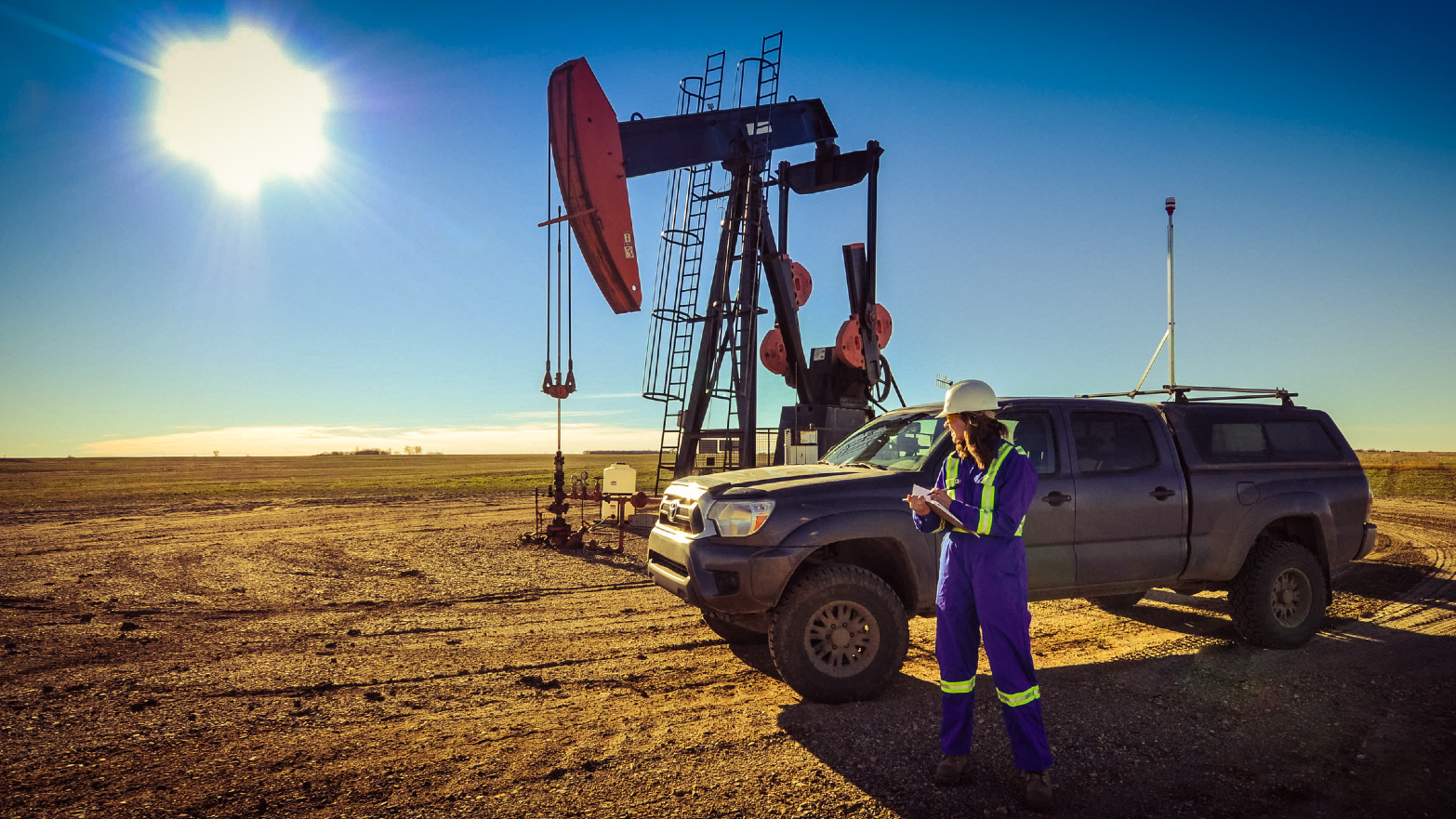© Reuters/Christian Hartmann The logos of car manufacturers Renault and Nissan are seen in front of dealerships of the companies in Reims
CHENNAI (Reuters) - Renault-Nissan has told an Indian court it needs to continue production at its car plant to meet orders, rejecting claims from an employee union that COVID-19 safety protocols were being ignored at the factory, legal filings show.
Renault-Nissan India and workers at its plant in the southern state of Tamil Nadu have been locked in a legal tussle after workers petitioned a court to halt operations because social distancing norms were being flouted and company-provided health benefits were outweighed by the risk to their lives.
In response, Renault-Nissan has argued in a court filing - which is not public - that there was a "compelling need" to continue operations to fulfil domestic and export orders. It said all COVID-19 norms were being followed.


Empower Your People and Transform Your BusinessSEE MORESponsored by ACCENTURE
The case will next be heard on Monday at the Madras High Court when the state government, which is also party to the case, is expected to file its response.
A top Tamil Nadu state official told Reuters on Sunday automobile companies will be allowed to continue operations, but action will be taken against violations of social distancing protocols by any company.
The legal battle highlights the challenges big companies are facing to keep operating in India amid heightened worries from employees who fear for their health and safety.
"It is a question of life versus livelihood," M Moorthy, general secretary of Renault Nissan India workers union which represents all 3,500 permanent factory workers, told Reuters. "We just want social distancing protocols to be followed and the management to be responsible for any risks to the workers or their family members."
The factory, which produces Nissan, Renault and Datsun cars, also employees 3,000 contract workers, 2,500 staff members and 700 apprentices.
Nissan, which has a majority stake in the Renault-Nissan India plant, declined to comment for this article.
India is currently facing its second wave of coronavirus infections. Tamil Nadu is one of the worst hit states recording more than 30,000 cases each day.
The state, an auto hub dubbed as India's "Detroit", has imposed a full lockdown until May 31 but has allowed some factories, including automobiles, to continue operating.
Renault-Nissan's May 16 court filing shows it has pending export orders of about 35,000 vehicles for the May-October period, which if not fulfilled could lead to penalties and loss of business. It also has 45,000 pending domestic bookings for the recently launched Nissan Magnite and Renault Kiger cars.
The company's petition says it has always prioritised employee safety and "has left no stone unturned" to ensure the infection does not spread.
"The travelling public consider private vehicles as a safe mode of travel ... there is a compelling need for the state to ensure the continued operations of the automobile manufacturers," the petition said.
(Reporting by Aditi Shah and Sudarshan Varadhan; Editing by Aditya Kalra and Lincoln Feast.)
CHENNAI (Reuters) - Renault-Nissan has told an Indian court it needs to continue production at its car plant to meet orders, rejecting claims from an employee union that COVID-19 safety protocols were being ignored at the factory, legal filings show.
Renault-Nissan India and workers at its plant in the southern state of Tamil Nadu have been locked in a legal tussle after workers petitioned a court to halt operations because social distancing norms were being flouted and company-provided health benefits were outweighed by the risk to their lives.
In response, Renault-Nissan has argued in a court filing - which is not public - that there was a "compelling need" to continue operations to fulfil domestic and export orders. It said all COVID-19 norms were being followed.

Empower Your People and Transform Your BusinessSEE MORESponsored by ACCENTURE
The case will next be heard on Monday at the Madras High Court when the state government, which is also party to the case, is expected to file its response.
A top Tamil Nadu state official told Reuters on Sunday automobile companies will be allowed to continue operations, but action will be taken against violations of social distancing protocols by any company.
The legal battle highlights the challenges big companies are facing to keep operating in India amid heightened worries from employees who fear for their health and safety.
"It is a question of life versus livelihood," M Moorthy, general secretary of Renault Nissan India workers union which represents all 3,500 permanent factory workers, told Reuters. "We just want social distancing protocols to be followed and the management to be responsible for any risks to the workers or their family members."
The factory, which produces Nissan, Renault and Datsun cars, also employees 3,000 contract workers, 2,500 staff members and 700 apprentices.
Nissan, which has a majority stake in the Renault-Nissan India plant, declined to comment for this article.
India is currently facing its second wave of coronavirus infections. Tamil Nadu is one of the worst hit states recording more than 30,000 cases each day.
The state, an auto hub dubbed as India's "Detroit", has imposed a full lockdown until May 31 but has allowed some factories, including automobiles, to continue operating.
Renault-Nissan's May 16 court filing shows it has pending export orders of about 35,000 vehicles for the May-October period, which if not fulfilled could lead to penalties and loss of business. It also has 45,000 pending domestic bookings for the recently launched Nissan Magnite and Renault Kiger cars.
The company's petition says it has always prioritised employee safety and "has left no stone unturned" to ensure the infection does not spread.
"The travelling public consider private vehicles as a safe mode of travel ... there is a compelling need for the state to ensure the continued operations of the automobile manufacturers," the petition said.
(Reporting by Aditi Shah and Sudarshan Varadhan; Editing by Aditya Kalra and Lincoln Feast.)










